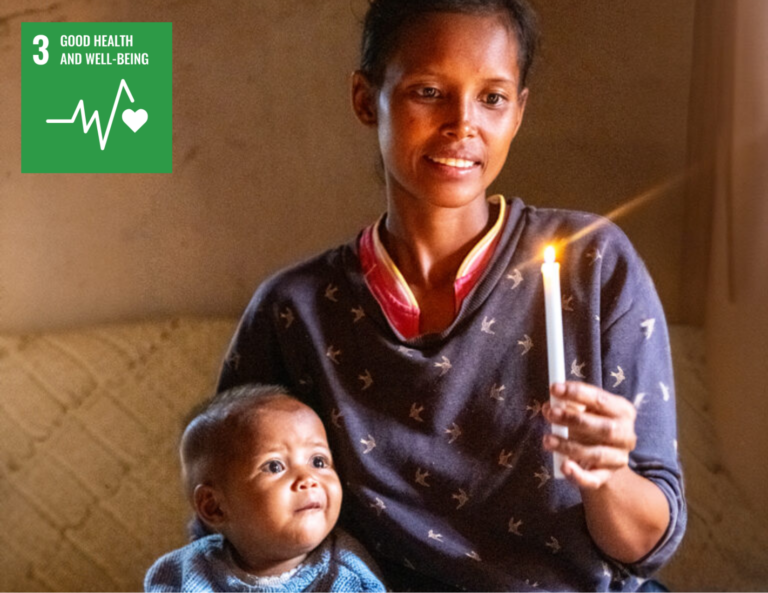
Written by Strategic Agenda’s Communications and Writing team
We are Strategic Agenda, a communications agency that provides strategy, content, editorial, design, video and linguistic services to the global development and aid community.
Each month, our writers and communications experts research the latest trends in the communications sector, so you don’t have to. Our aim is to support and enrich your experience of working in the sector.
We have two new features this month: Impactful Infographics and AI & the SDGs.
Created by our talented team of graphic designers, each month we will be releasing a new impactful infographic that visualises a data set or information source that is relevant and notable to the sector.
This month, we’re visualising the year of ‘Super Elections’!
2024 is the year of Super Elections, with more people worldwide casting ballots in national elections than ever before. With many elections concentrated around June and July, it felt appropriate to display voter stats and milestones in an accessible infographic.
We are based in the UK, so a quick reminder to cast your ballot at the UK General Election on 4 July. If you are based elsewhere in the world, keep an eye on the elections near you!
Be sure to have your say in the most democratic year in history!
We are all acquainted with the headlines about how AI threatens our jobs and is turning the world upside down. On the flip side, innovative ways that AI can help the global community achieve the SDGs and do good are also emerging.
This series aims to move away from the usual ‘big picture’ analysis of ‘AI for good’. We will be highlighting specific examples of AI being applied to work towards specific goals in the development world, making progress on each of the SDGs. We begin with real-world case studies showing AI’s use for achieving SDG 1, No Poverty – End poverty in all its forms everywhere.
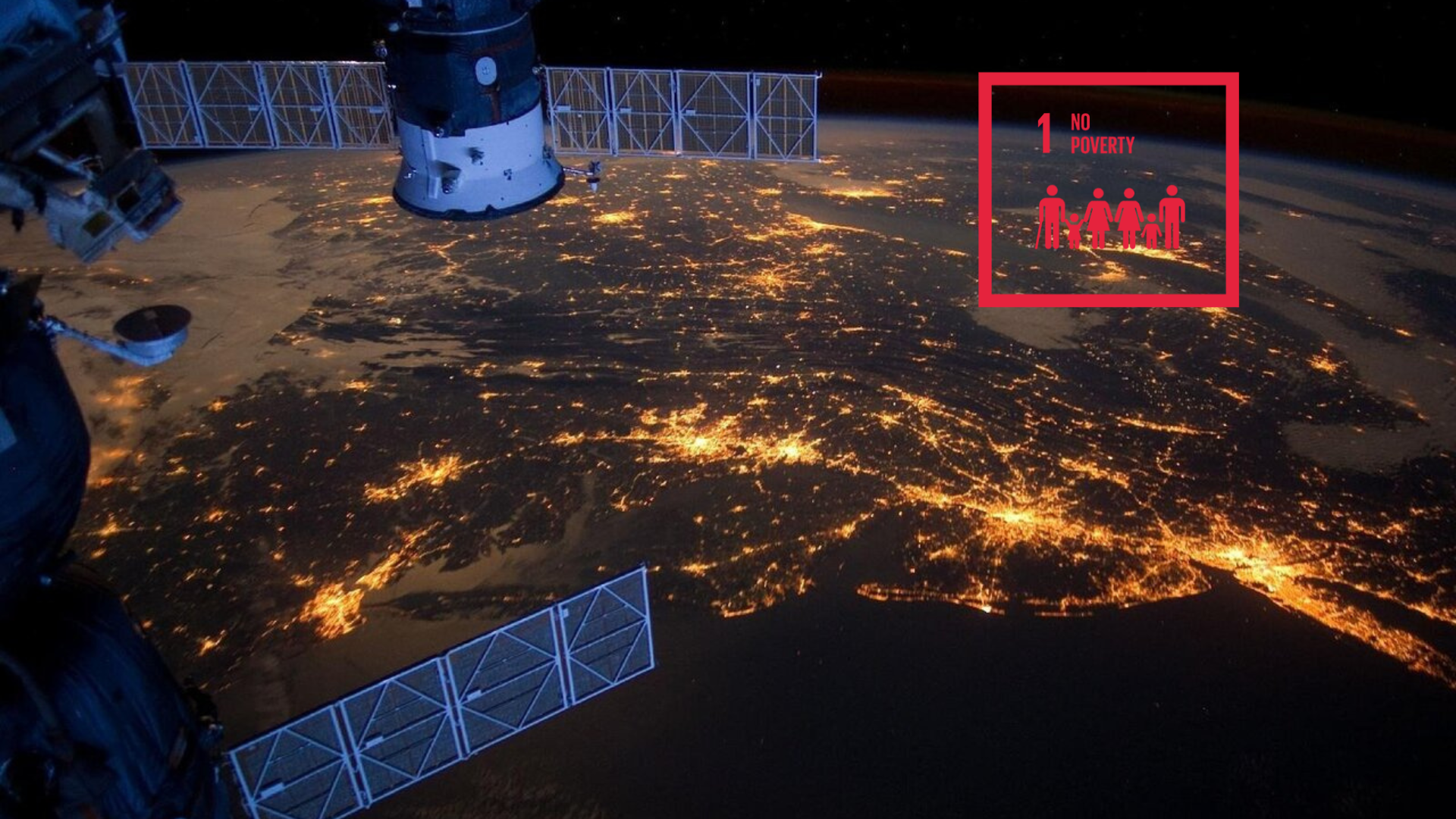
We are aware that AI can deepen inequalities by creating a digital barrier for low-income communities. There is a real danger that the benefits of AI will predominately be felt in the Global North, leaving the poorest parts of the world behind.
Therefore, we’ve highlighted three innovative projects that seek to alleviate poverty and address key social and economic issues:
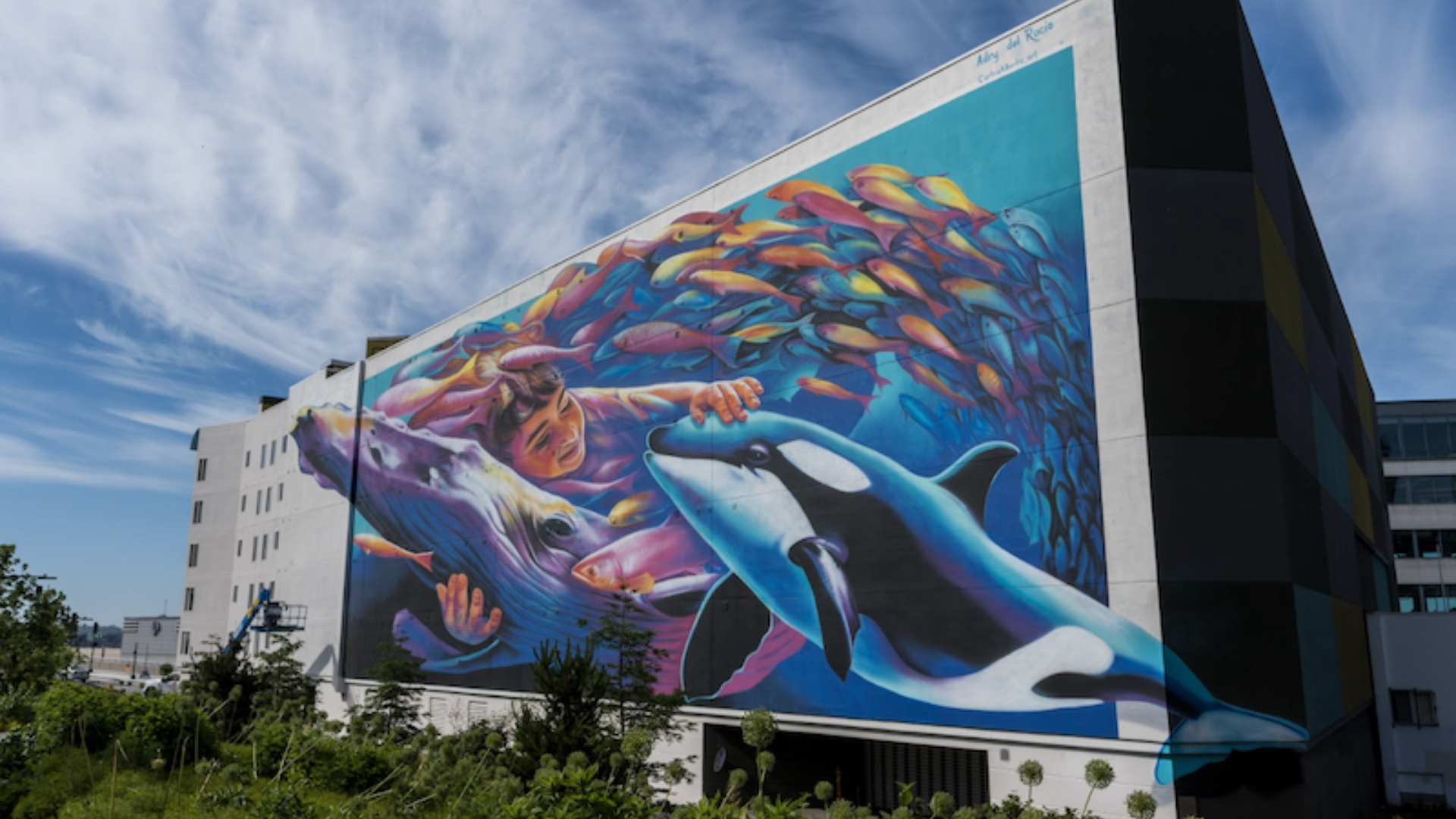
It is natural to compare World Environment Day and Earth Day, or even confuse one with the other. They share the same mission: increasing awareness and education around environmental protection.
In this article, we explore the 2024 communications campaigns for World Environment Day and Earth Day to better understand the different approaches to ‘World Days’ and how this influences the messages they promote and the tactics they use.
In a world of information overload and shrinking attention spans, capturing and maintaining your audience’s attention is more challenging than ever. Give your communication content wings by using the H.E.E.D – Headline, Essence, Explain, Details – framework and you won’t look back.
H.E.E.D applied to emails: Example application
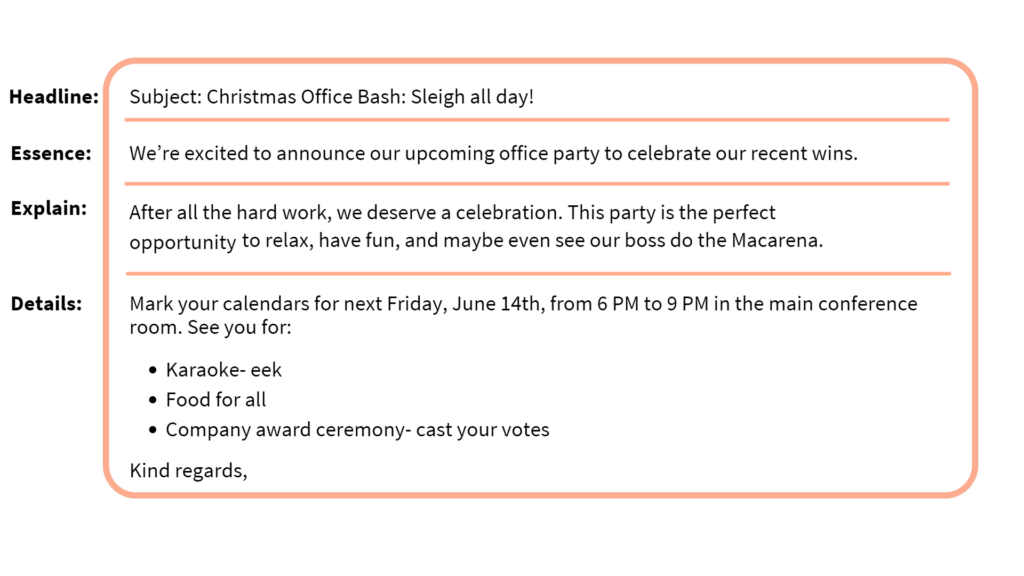
Use H.E.E.D in:
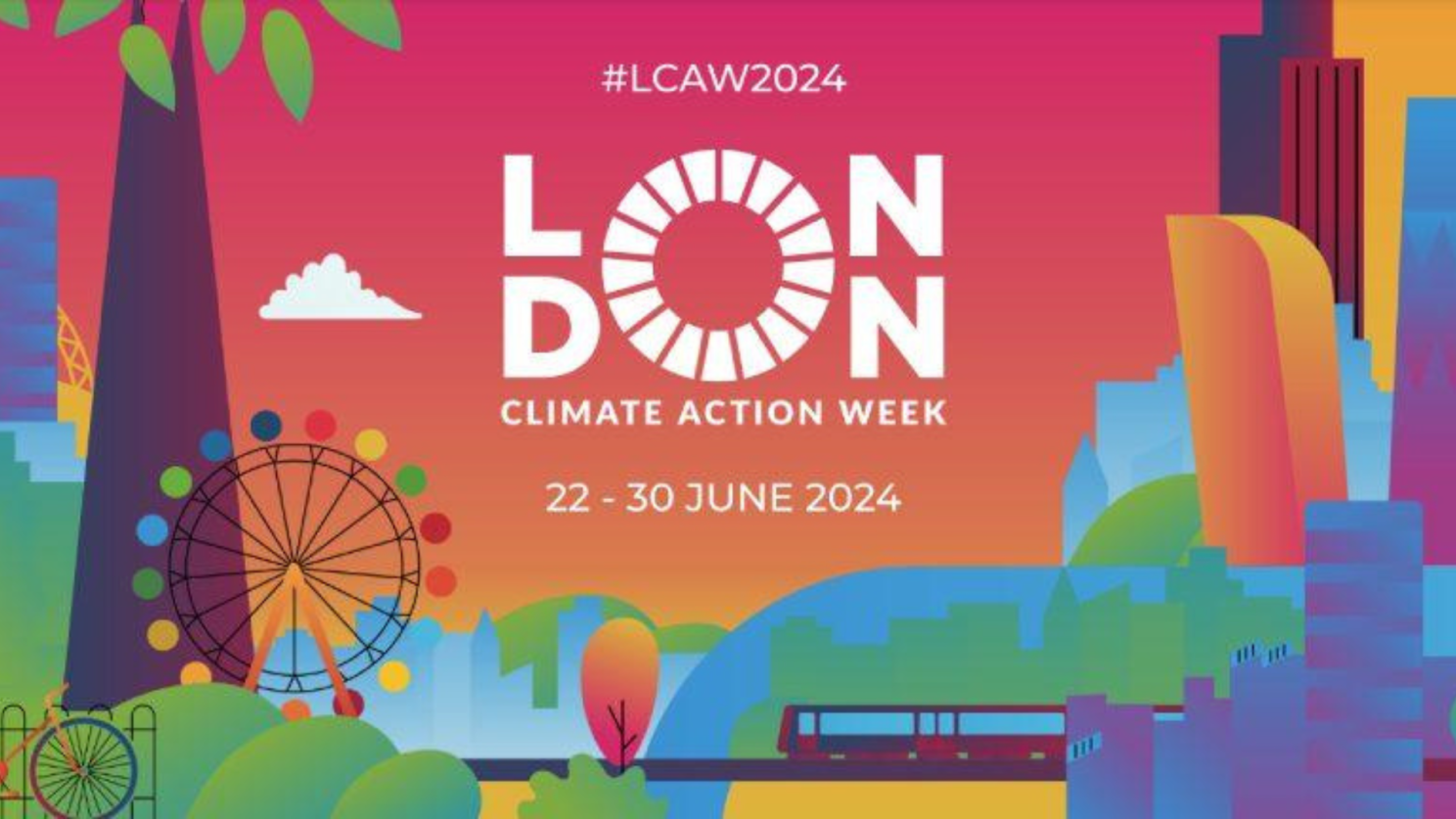
That concludes the second edition of the Communicating Development newsletter!
We are committed to providing you with the tools and knowledge to navigate the ever-evolving communications landscape within the global development and aid sectors.
New editions posted on the last Wednesday of every month.
Subscribe on LinkedIn and you won’t miss a beat.
This newsletter aims to start the communications conversation, in anticipation of Strategic Agenda’s Comms Roundtable in October 2024. This forum will bring together like-minded communications professionals with a desire to exchange ideas and solve problems. Register your interest for early access below.

Network Hub, 300 Kensal Road, London, W10 5BE, UK
We deliver comprehensive communications strategies that deliver on your organisation’s objectives. Sign up to our newsletter to see the highlights once a quarter.